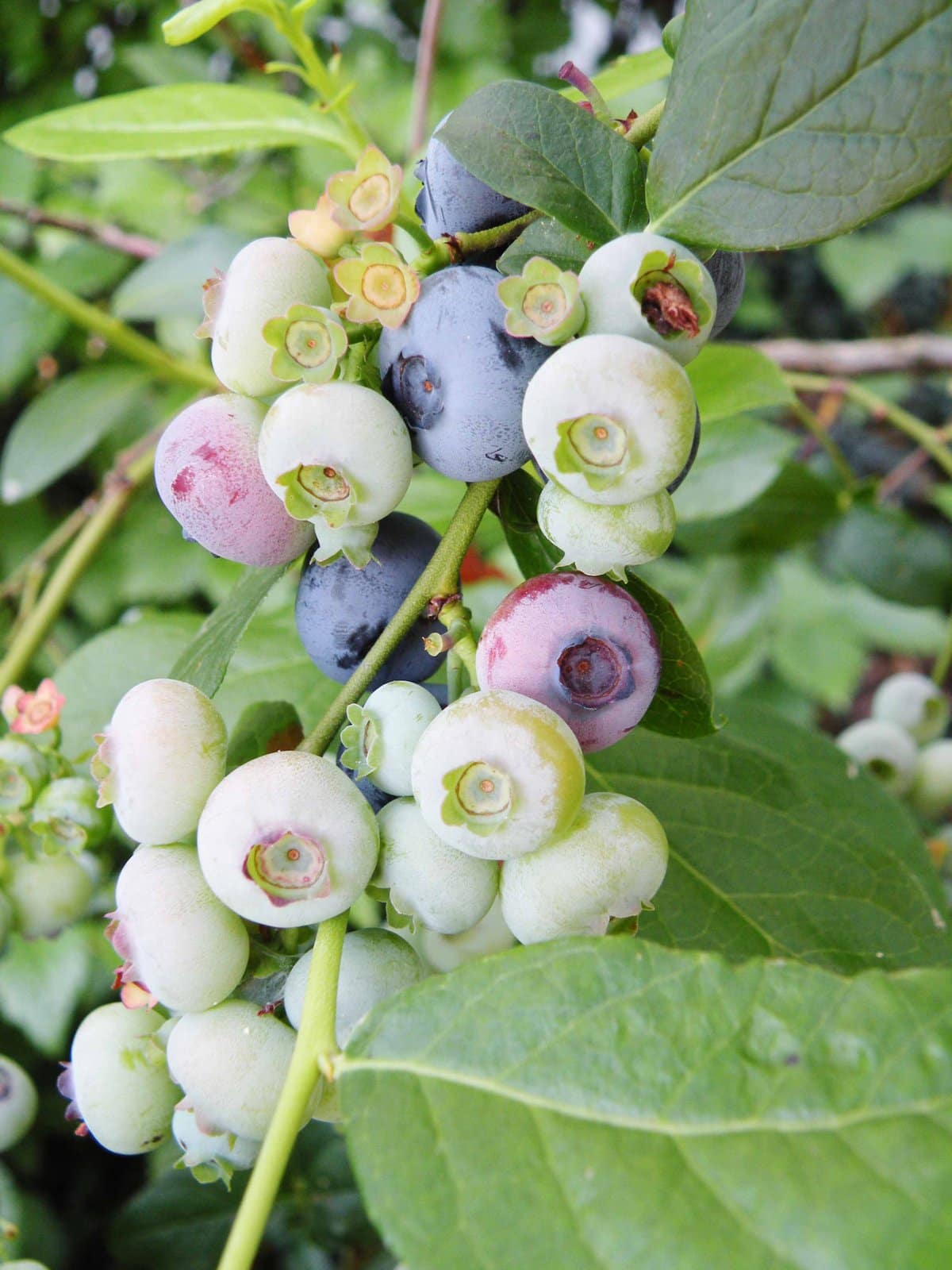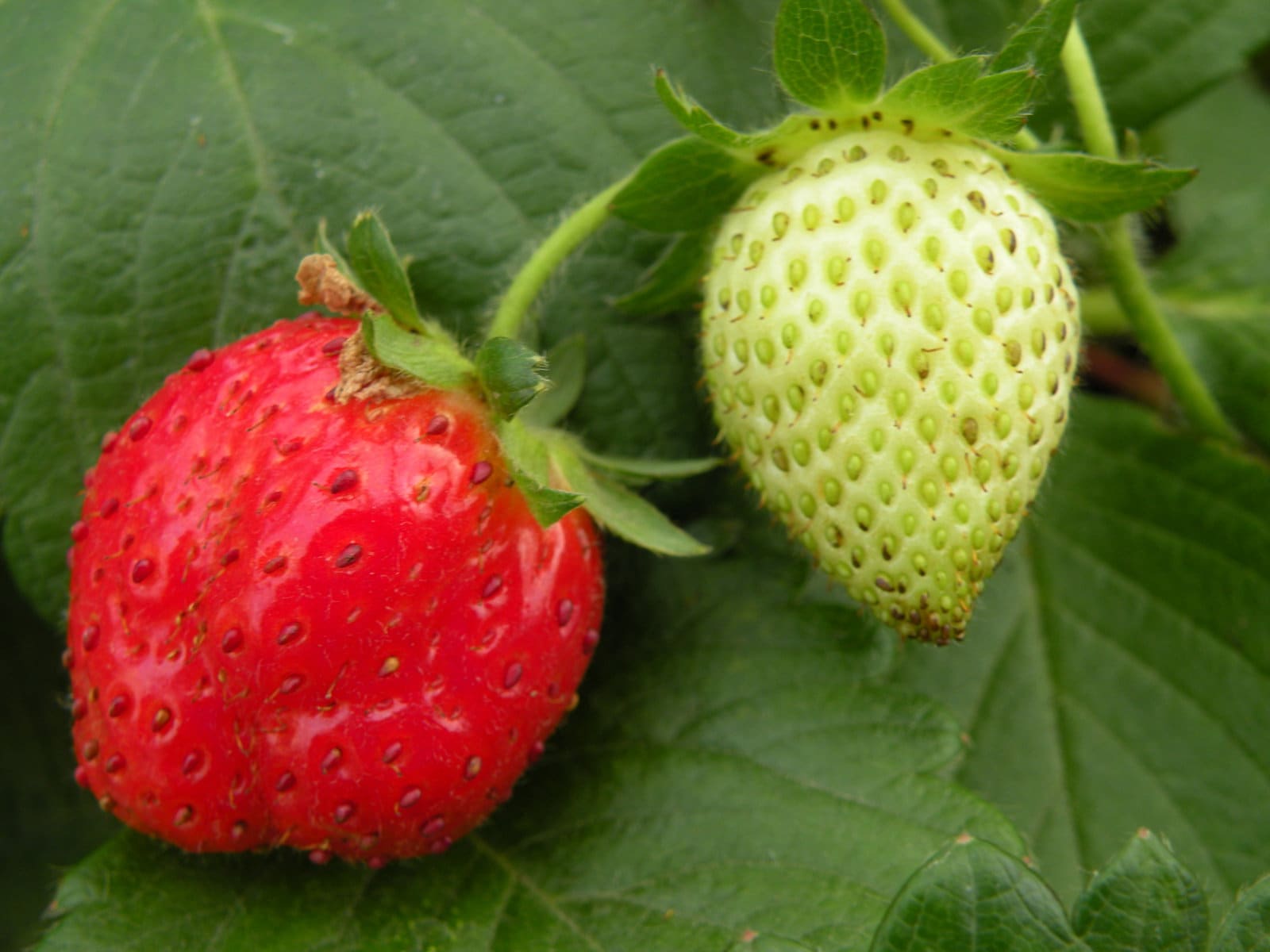In last week’s article, I wrote about a few of the gardening trends for 2024.
They all had to do more with environmentally friendly practices such as planting native species, attracting pollinators, sustainable gardening practices and rain gardens.
In this article, I will be writing about four other gardening trends for 2024.
Edimentals
I love when a new term is created to best describe something. So, what is an edimental? Edimentals are dual-purpose plants that are both aesthetically pleasing and edible, or in other words, edible and ornamental.
Traditionally, we grow our vegetables, and fruit-bearing plants in one area of the garden and our ornamental plants in a separate garden area.
But what about growing edible plants among other types of plants? Is there any reason why the two types of plants can’t be grown side by side in the garden?
Edimentals can serve as win-win additions to your garden. You get to enjoy the plants for their aesthetic beauty, but also get a delicious homegrown harvest that can be used for so many things.
These edible plants can be used in cooking, baking, raw in salads or as a garnish, or even in drinks such as teas or cocktails.
Edimental plants may add to the beauty of a garden in many ways.
It might be a certain leaf colour such as Swiss chard or tricolour sage. Maybe the plant is adding a contrasting leaf texture such as rhubarb or bronze fennel.
Blueberry plants not only provide you with delicious berries but give you masses of white bell-like flowers in spring, colourful, edible berries that attract birds in summer and beautiful wine-red fall colour.
Why not use strawberries as a ground cover in a sunny garden instead of an invasive species?
Gothic gardens
It is said that generation Z has a fixation on dramatic landscapes. Although gothic gardens are not an entirely new idea (once popular in the Victorian Era), they seem to be gaining popularity once again.
Gothic (a.k.a. Goth) gardens can be described as either gloomy or as dramatic depending on your point of view. In a Gothic garden, one uses flowers and leaves in shades of black, deep purple and burgundy such as black irises, black tulips and black violets.
A Gothic garden would also commonly include stone arches, black metal fences and gates, and statues.
On the lighter end of this style, it can be more whimsical or magical feeling by planting dark, dramatic plants to make a statement and possibly adding in some gargoyles or dragon statues.
Taking this style to the other extreme might mean the addition of some spooky or creepy statues or plant specimens, and keeping the garden more unkept and untidy looking.
Personally, I am not all that sure how quickly this trend will spread.
Hortifuturism
Hortifuturism is a new term founded by the Garden Media Group in their recent 2024 trend report, which explains that gardens will drift towards a futuristic and science-fiction approach.
You can expect to see bold and bright colours in 2024 with gardens that look straight out of a sci-fi movie.
This trend replaces cold, metallic hues with vibrant, neon-coloured plants, and foliage with bright variegation.
It will incorporate innovative techniques, such as vertical gardening, hydroponics and aeroponics, to maximize space and efficiency.
Futuristic elements like automated irrigation systems, intelligent sensors and sustainable materials are integrated into garden designs.
The aim of hortifuturism is to create high-tech, eco-friendly, visually striking and environmentally conscious gardens.
Like with any trend, whether it be in fashion, home décor or gardening, some trends circle back around and become “new again,” while some trends come into being with the changing times.
It is very encouraging to see that with the current gardening trends, most of them show us that people are becoming more and more aware of our environmental issues due to climate change and other factors.
They truly want to be a part of turning things around and making sure that we are doing are best to make a difference – leaving things in a better state than they were.
I love this quote from Nelson Mandela: “If we each do our own part, change will happen. We can change the world and make it a better place. It is in your hands to make a difference.”
Joanne Young is a Niagara-on-the-Lake garden expert and coach. See her website at joanneyoung.ca.












